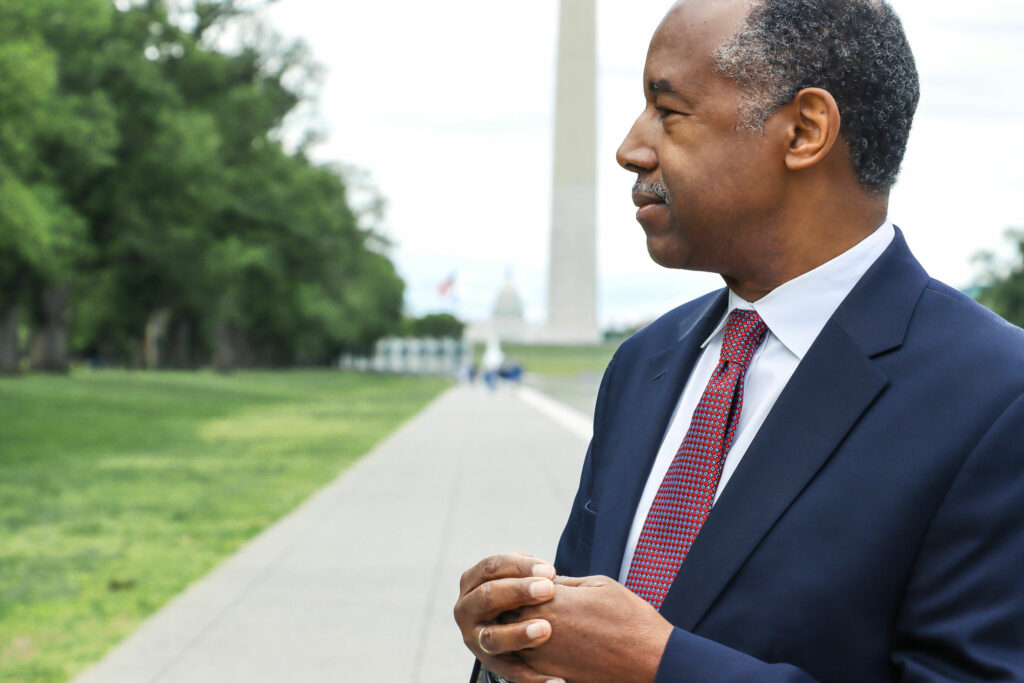 Federalism is a crucial concept in America’s system of constitutional government. Even though it is often undervalued and misunderstood, federalism offers distinct advantages to the American people—even to this day. Federalism refers to a structure of government that divides power between levels of authority, allowing America’s national and state governments to check and balance one another. Dividing powers between different levels of government provides a way for a diverse people with a multitude of beliefs, experiences, and backgrounds to pursue their own political objectives within their localities, without jeopardizing their national unity.
Federalism is a crucial concept in America’s system of constitutional government. Even though it is often undervalued and misunderstood, federalism offers distinct advantages to the American people—even to this day. Federalism refers to a structure of government that divides power between levels of authority, allowing America’s national and state governments to check and balance one another. Dividing powers between different levels of government provides a way for a diverse people with a multitude of beliefs, experiences, and backgrounds to pursue their own political objectives within their localities, without jeopardizing their national unity. During the Founding era, it made sense to create a government that facilitated unity while allowing for political diversity. The thirteen colonies that originally made up America were entirely independent from one another until the American Revolution. Each had different backgrounds, governing structures, and even religious beliefs, but the colonies realized they would each benefit from the strength that unity provided. Americans wanted to avoid replicating the dominating central authority they had just escaped in England, but their weak alliance under the Articles of Confederation proved insufficient to maintain unity between the states.
The Constitution attempted to create a central government strong enough to unify the states without being so strong it would destroy their ability to govern themselves according to their customs, interests, and beliefs. Under the federalist system outlined in the Constitution, different states could maintain their governing structures, and it even offered the opportunity for states to “experiment” and see which policies worked and which did not, at a smaller scale. In this way, federalism provides a “vertical” check on government power, dividing authority between the federal government and the states, much like the separation of powers offers a “horizontal” check on the federal government.
The Constitution contained many provisions that secured the principles of federalism in America’s structure of government. Article 1, Sections 8-10 list powers granted to or withheld from Congress and powers withheld from the states. The 10th Amendment affirms that any powers not expressly given to the central government are reserved to the states and the people. Article 5 of the Constitution includes a procedure for the states to pass amendments to the Constitution, which allows the states to check the central government’s power. The Constitution’s system for electing presidents, the Electoral College, also ensures the states’ interests are represented in the election process. And up until the ratification of the 17th Amendment, senators were elected by the states themselves, to serve as their representatives in the central government.
In recent times, however, several of these constitutional provisions for federalism have come under attack or been removed through the amendment process, making it appropriate to consider if federalism still serves a purpose today. America’s general trajectory since the 1800s has been a shift away from federalism’s separation of powers and toward a more direct democracy, and the power of the central government has grown immensely during this same time period. Federalism’s advantages, however, are just as applicable today as they were to the original thirteen colonies—and perhaps even more so. Federalism’s key advantage still lies in its ability to provide for the maximum political diversity while protecting unity.
Without federalism, the central government enforces laws from the top down with a uniform approach throughout the country. Despite unique circumstances across regions and differences in needs, experiences, and beliefs across a diverse population, the central government can only look at the nation as a whole and create laws that impact everyone. But with the federalist system in place, the central government supplies a united front for the states on a few major policy areas—like currency, treaties with foreign powers, and a republican form of government—then sets the states free to govern themselves as they please on every other issue.
People worry that America is becoming increasingly divided in today’s age. Perhaps, rather than looking to the central government to enforce more top-down unity, a better solution is to recognize the value federalism offers a diverse nation. Rather than enforcing strict unity in action where there is a diversity of beliefs, a return to the principles of federalism would allow Americans to gain the most from their differences. With federalism, states do not have to govern themselves in the same way on every issue.
A recent example occurred during the COVID-19 pandemic, when the central government largely avoided nationwide mandates and left states to craft their own responses. This allowed states like California and Florida to respond in different ways. Some states shut down entirely, while others did not shut down at all, and many more took a middle approach. Under the federalist system, each state could decide what would work best for that state and learn from other states’ responses. This has allowed the states to experiment with different options and opened space for observation and debate—while letting citizens see what works and what doesn’t.
Thus, federalism lets the states go separate ways. People can find states that align with their values by “voting with their feet.” States can experiment with ideas and see what works and what does not, while the citizens have more options on how they will live their lives. By bringing more decision-making closer to the people, they will have more say in the laws that impact them. In this way, federalism promotes political diversity while maintaining national unity, which is a big part of what has always made America great.
